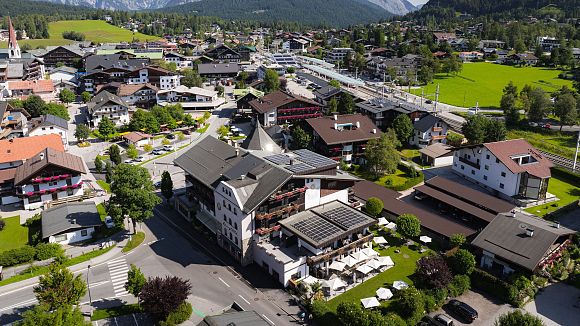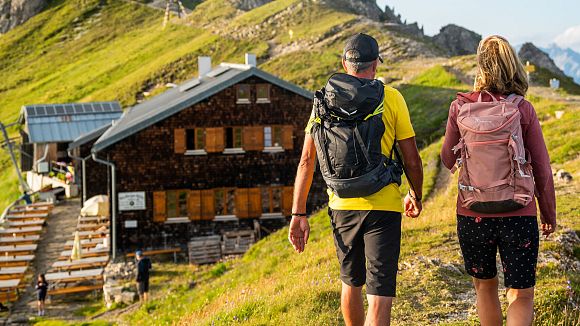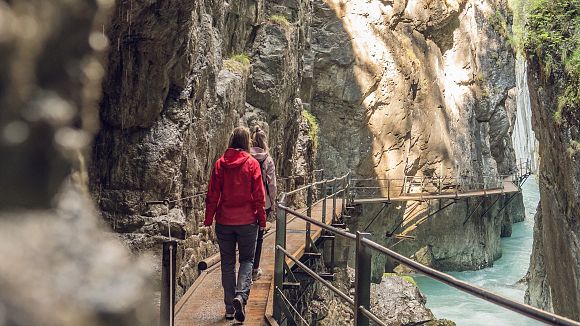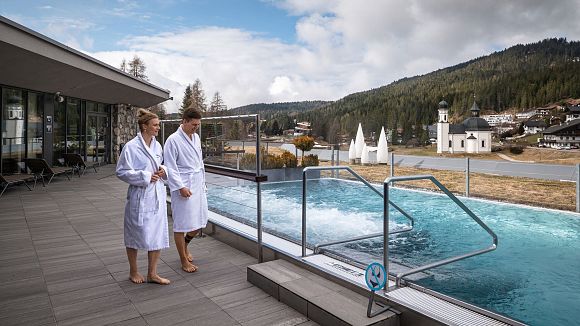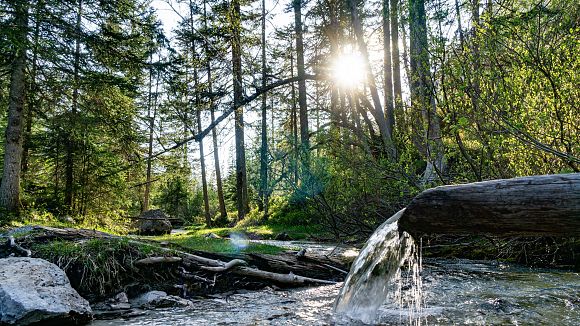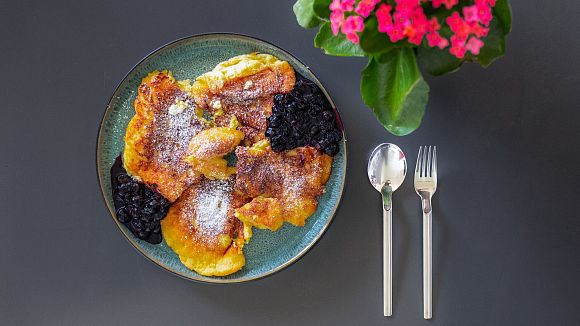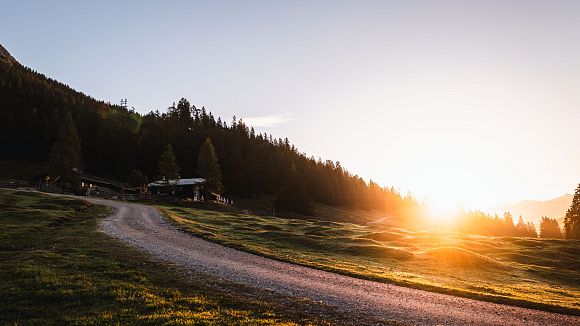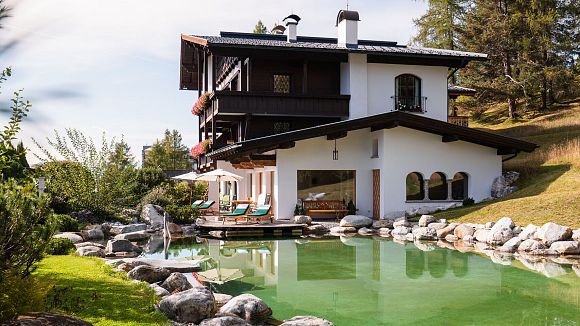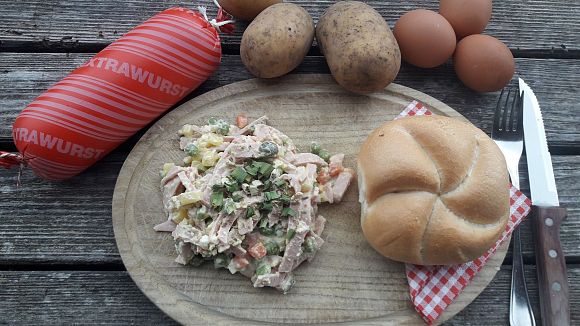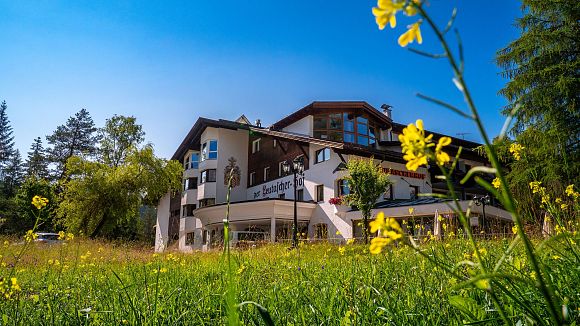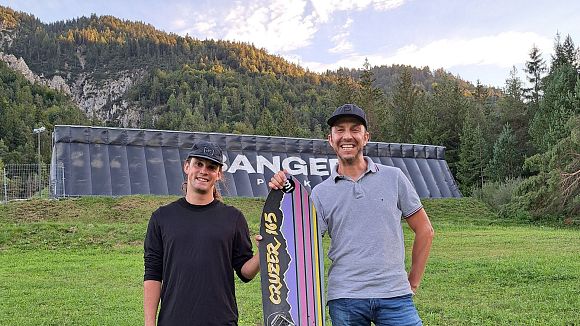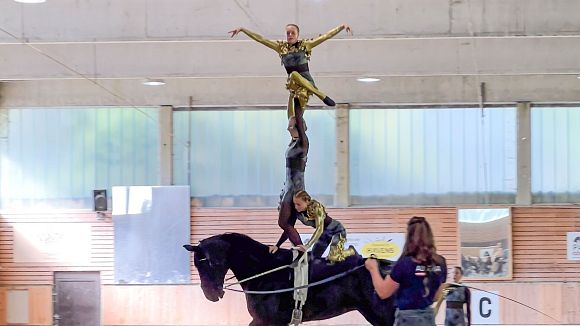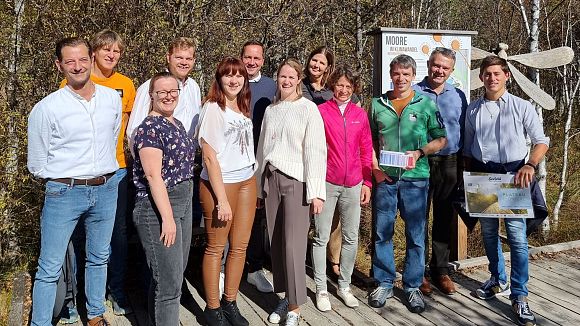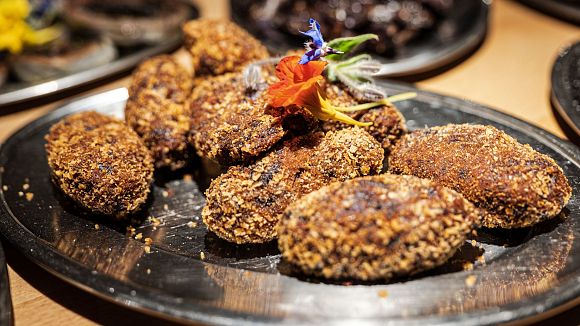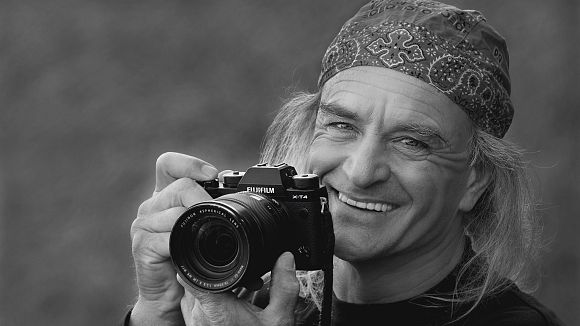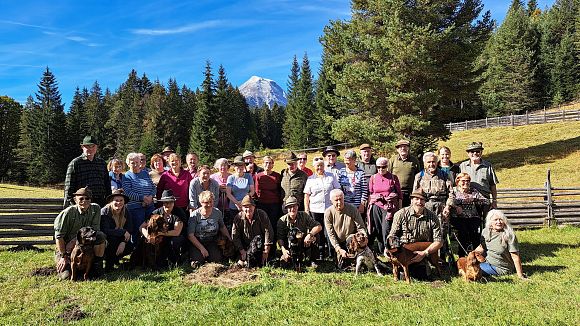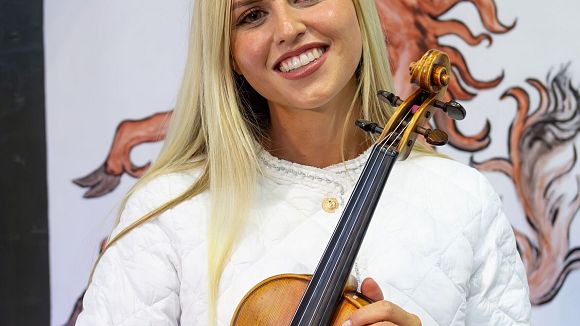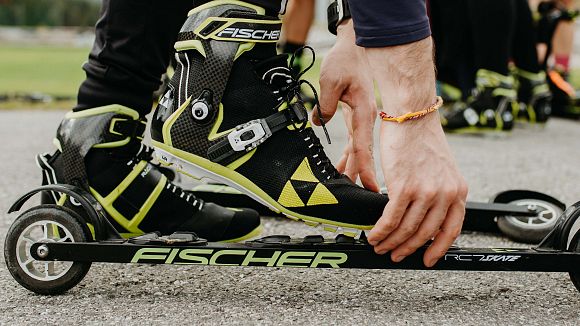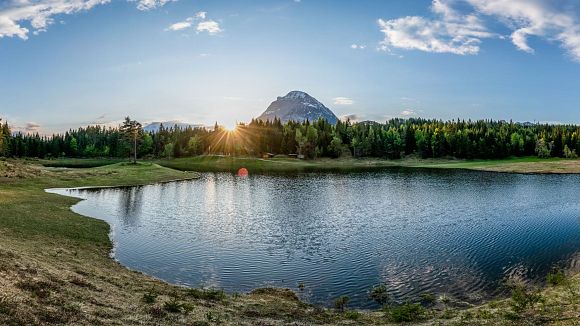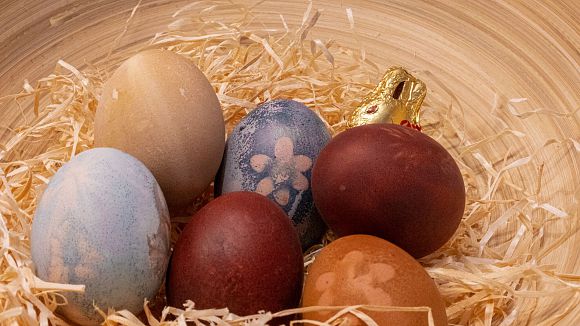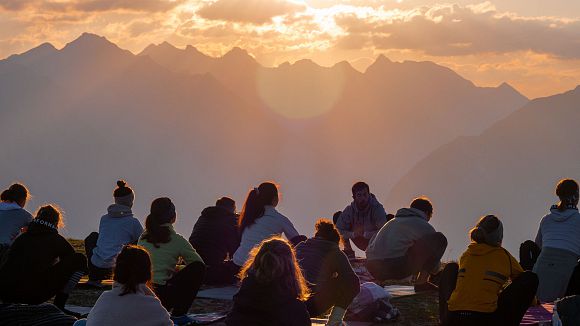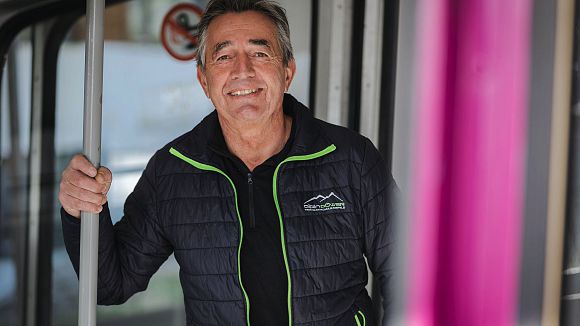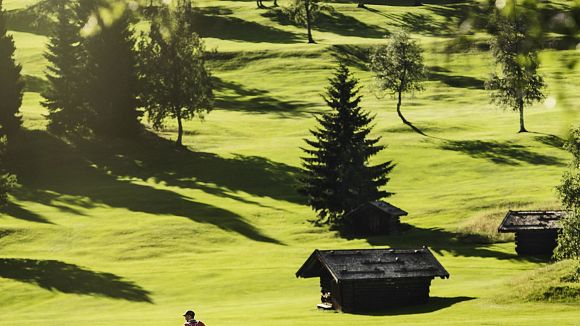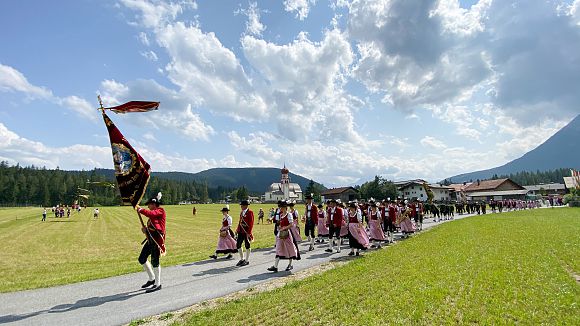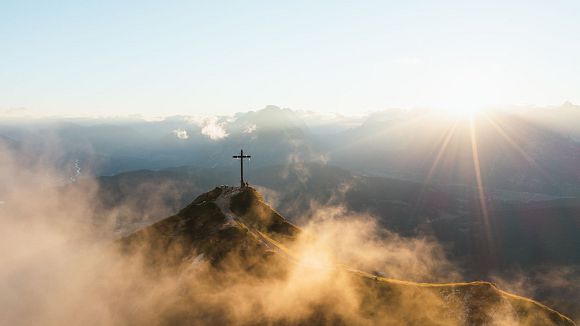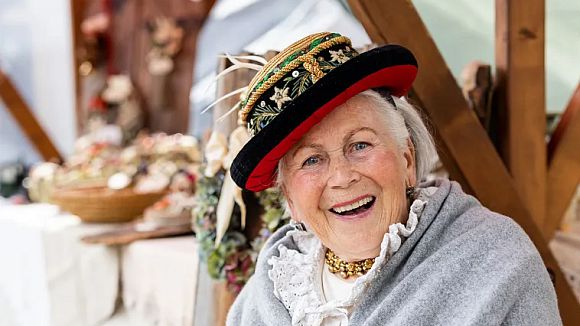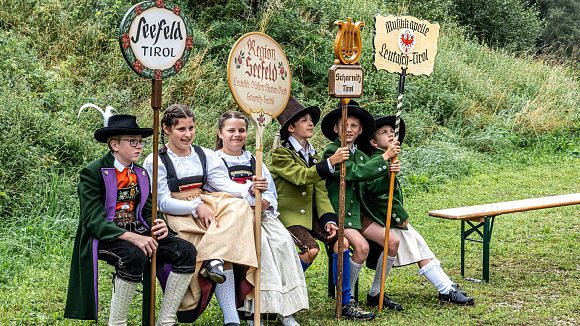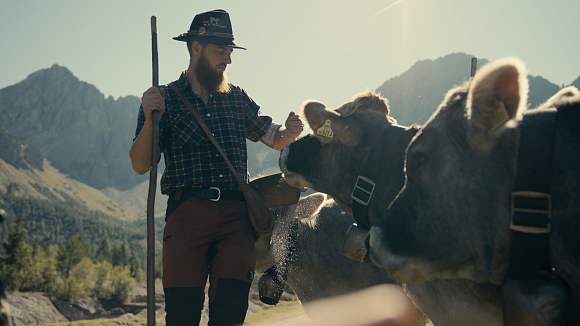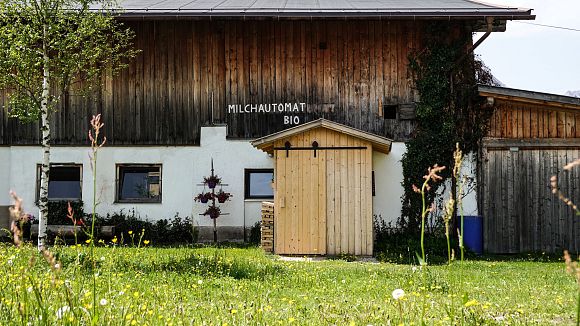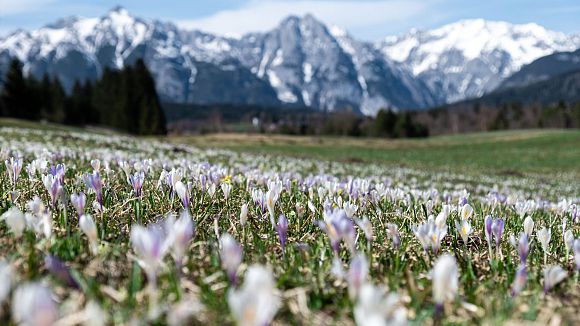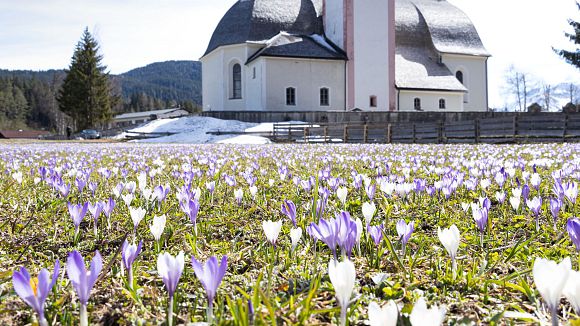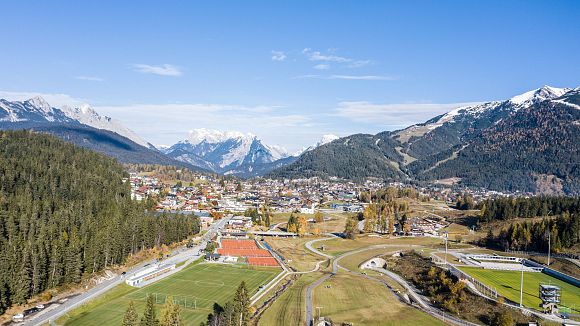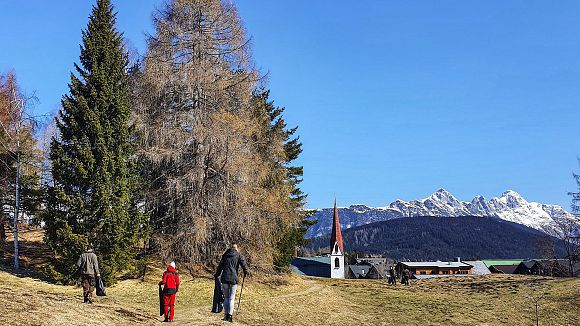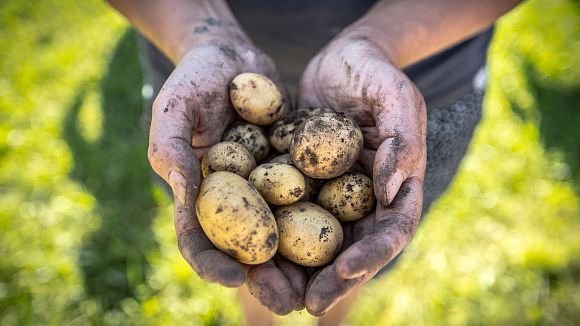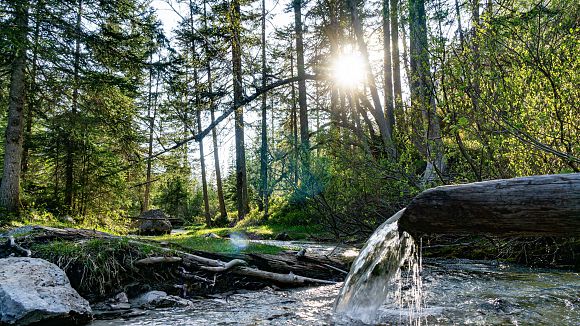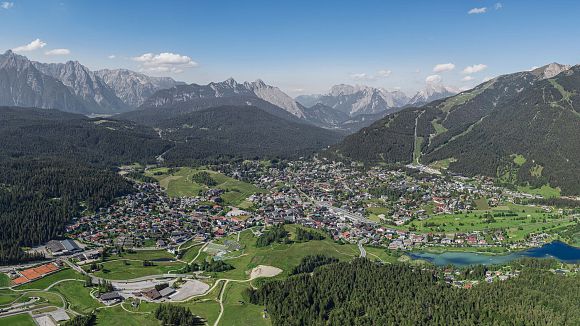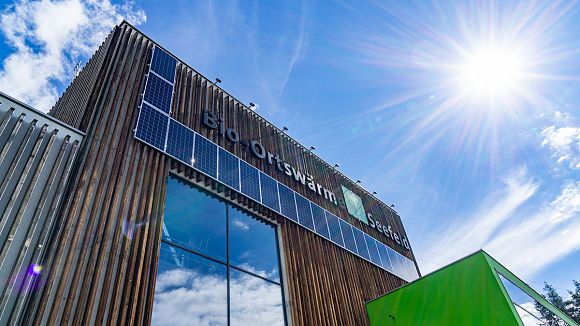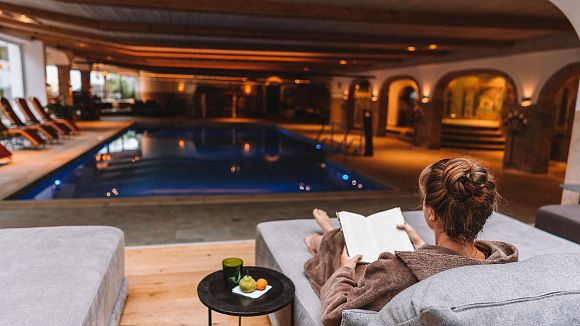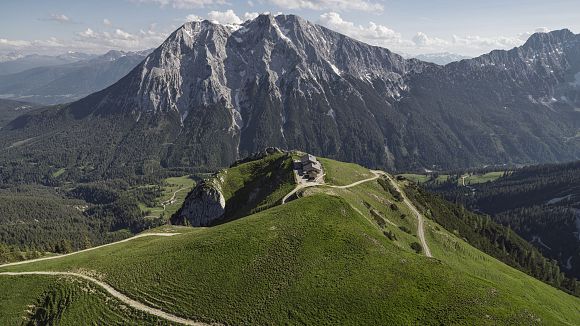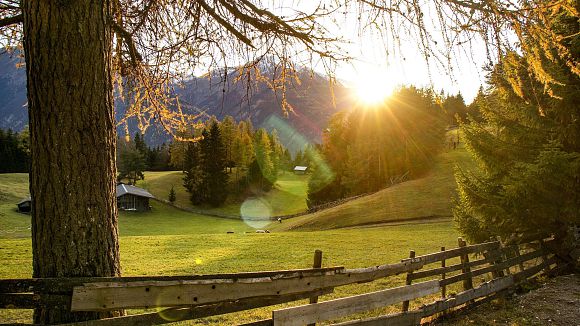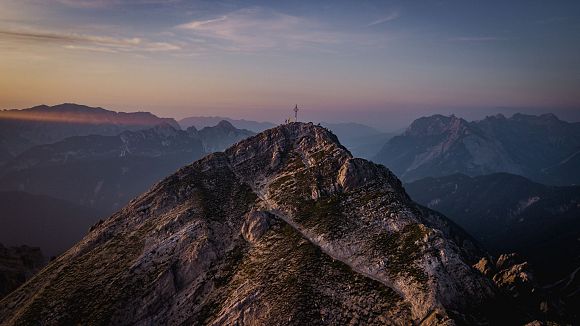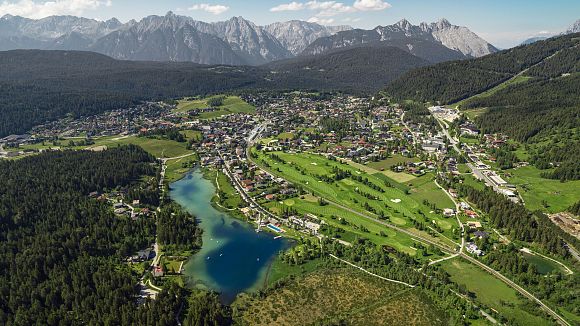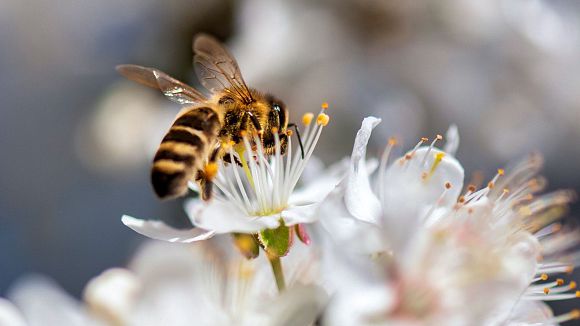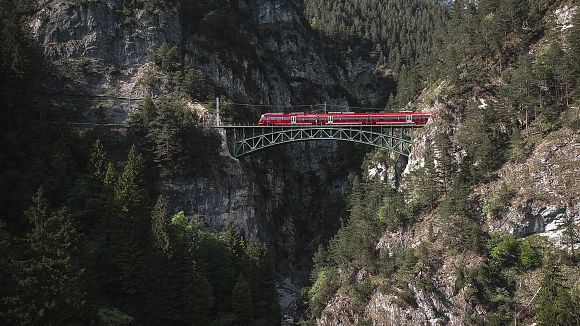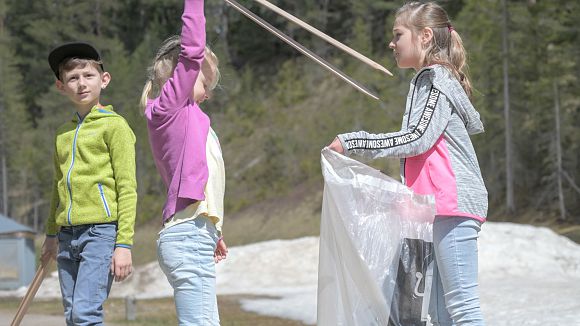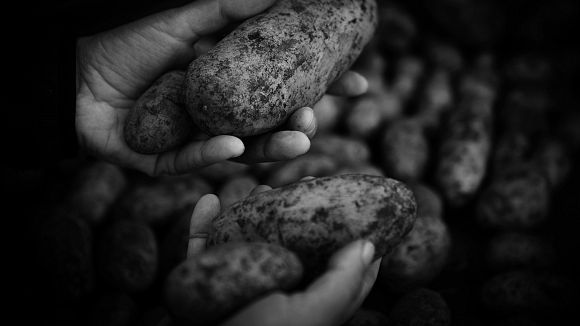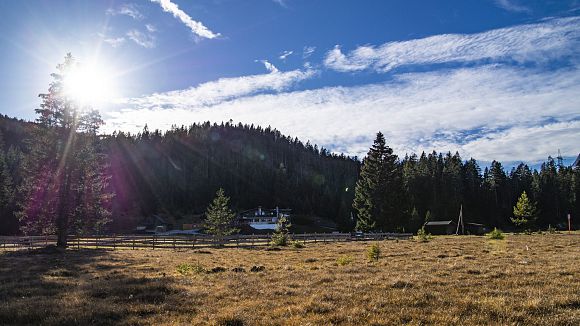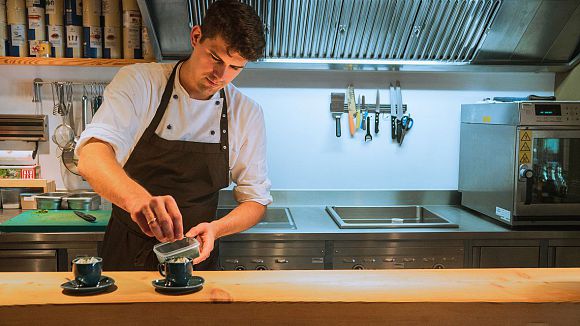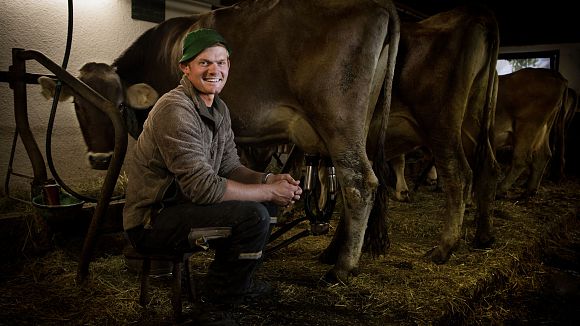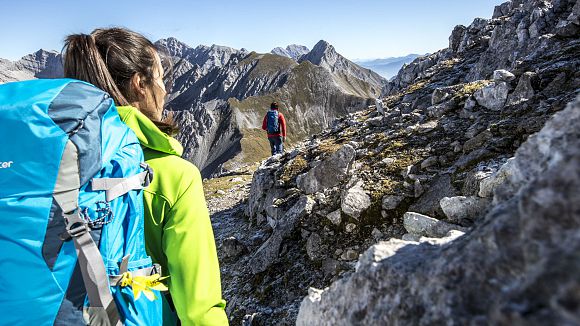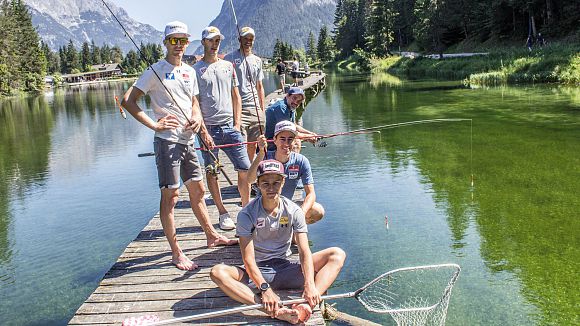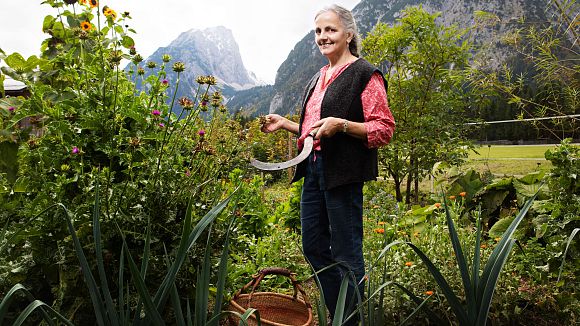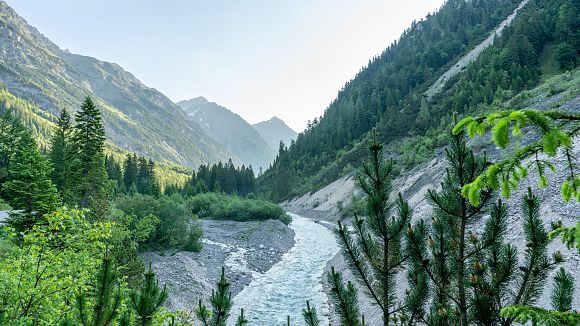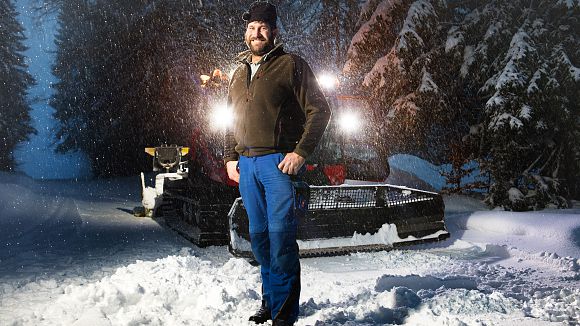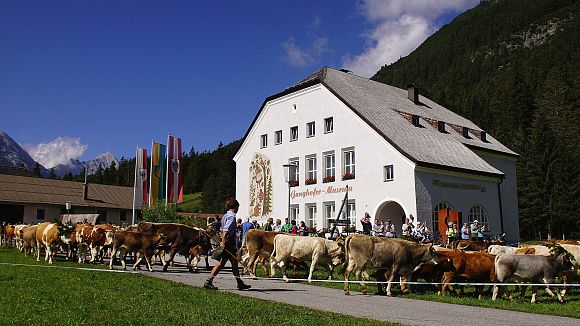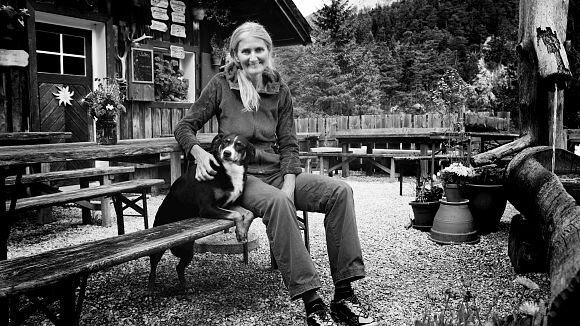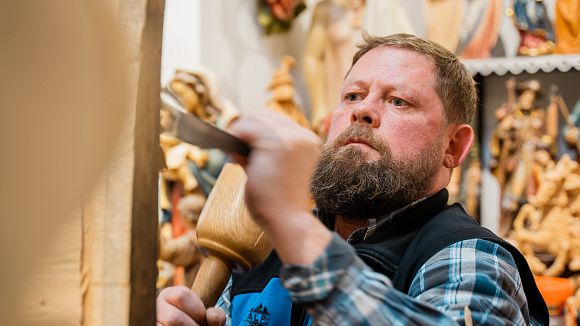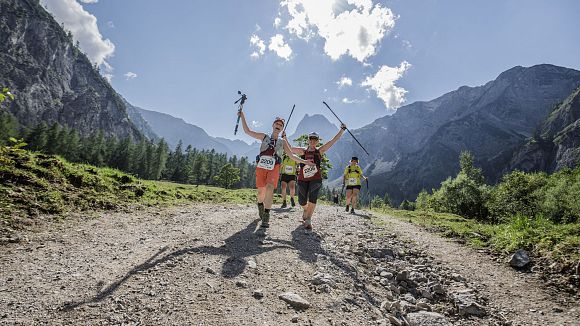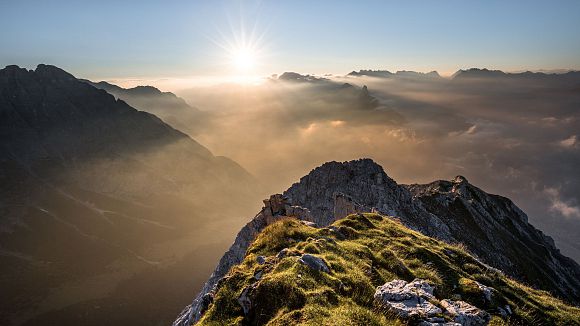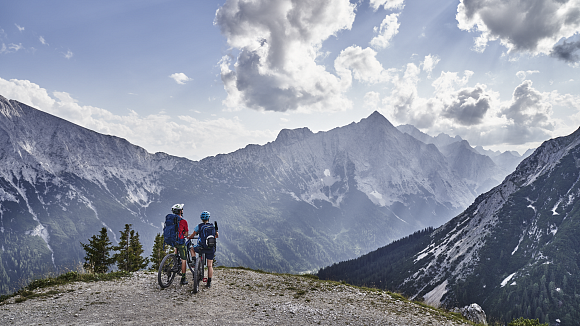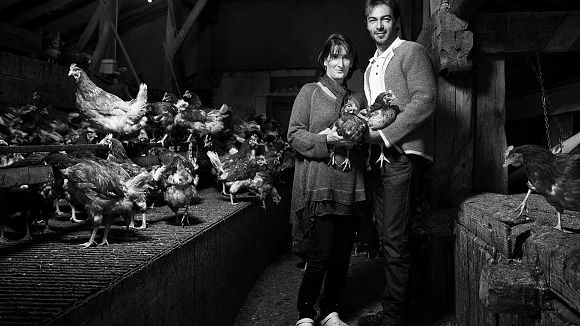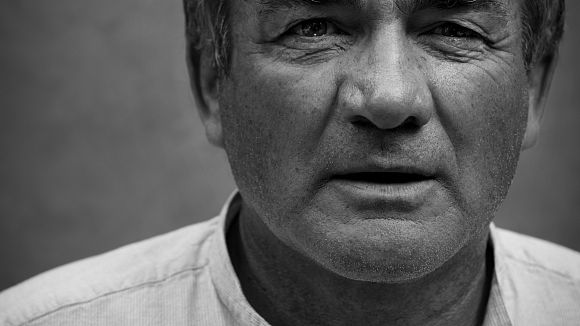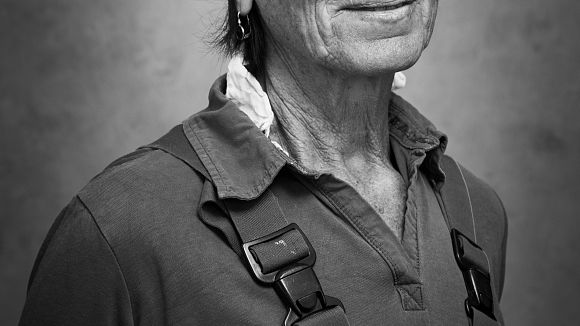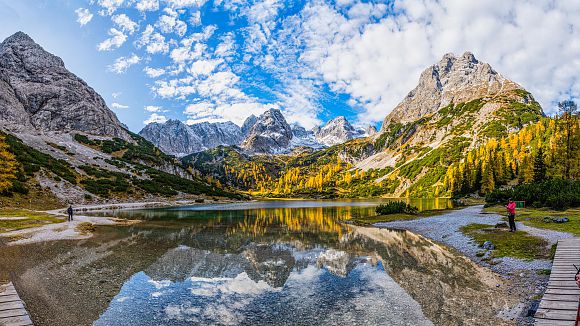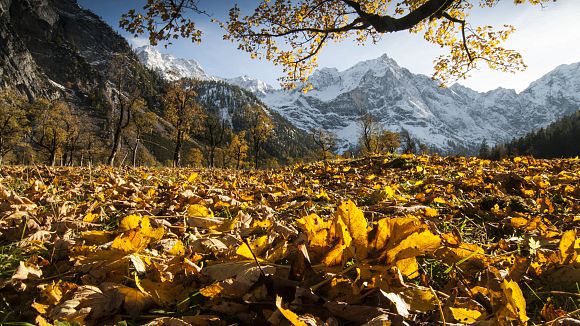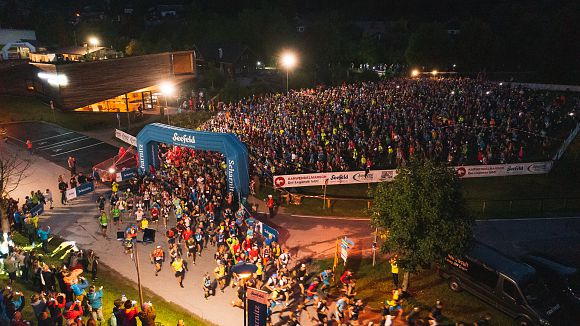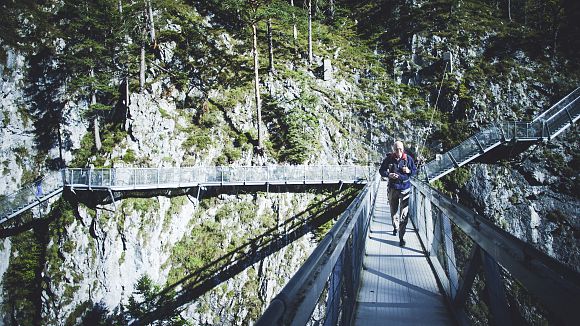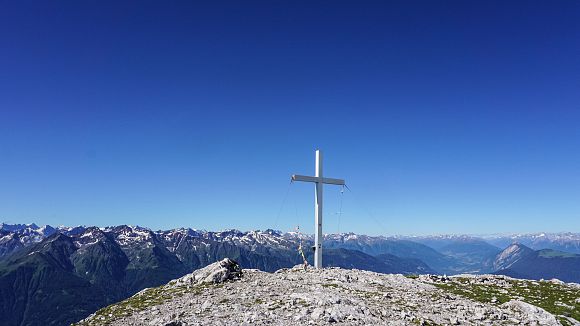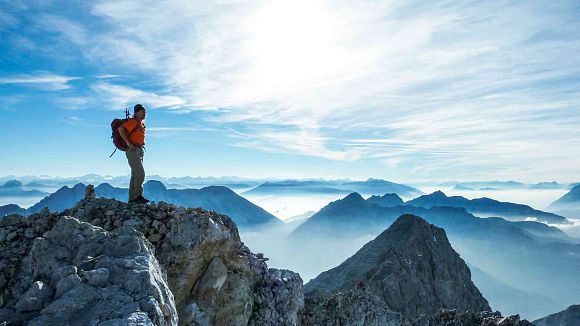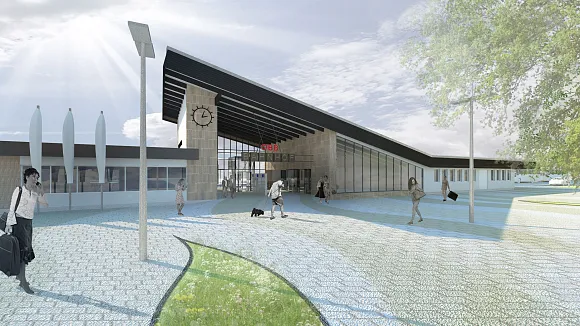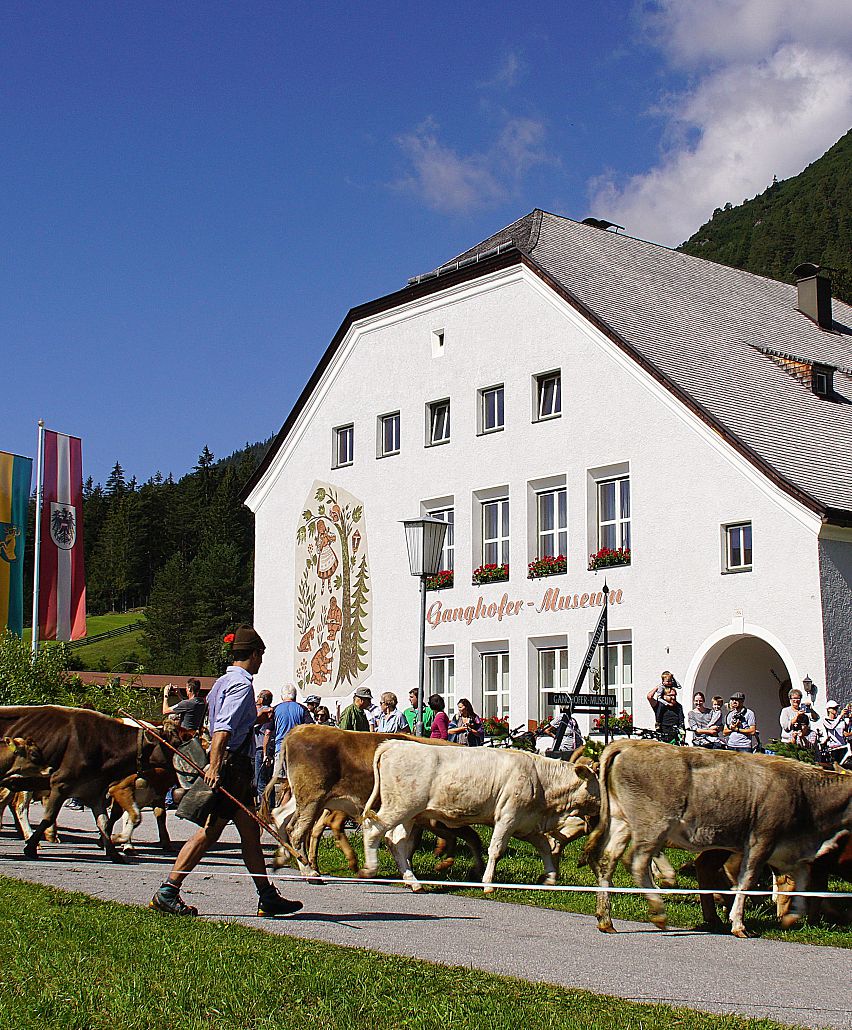
von Gast Blogger
September 03, 2018
Summer
Almabtrieb: When the cows come home again...
Cows belong to Tyrol like the Lederhosen and the Dirndl, dumplings on the alpine pasture or the dreamlike mountain world we are surrounded by. The animals spend the summer on the alp and the surrounding pastures. When they return from the mountains to the valley in autumn, this is celebrated with a colorful festival "Almabtrieb".
Summer retreat on the alp
At the beginning of May, when the first lush grass has grown and is ready for the ruminants to feed on, the cows are already looking forward again. After a long winter in the barn, it's time for them to spend the summer on the alpine pastures.
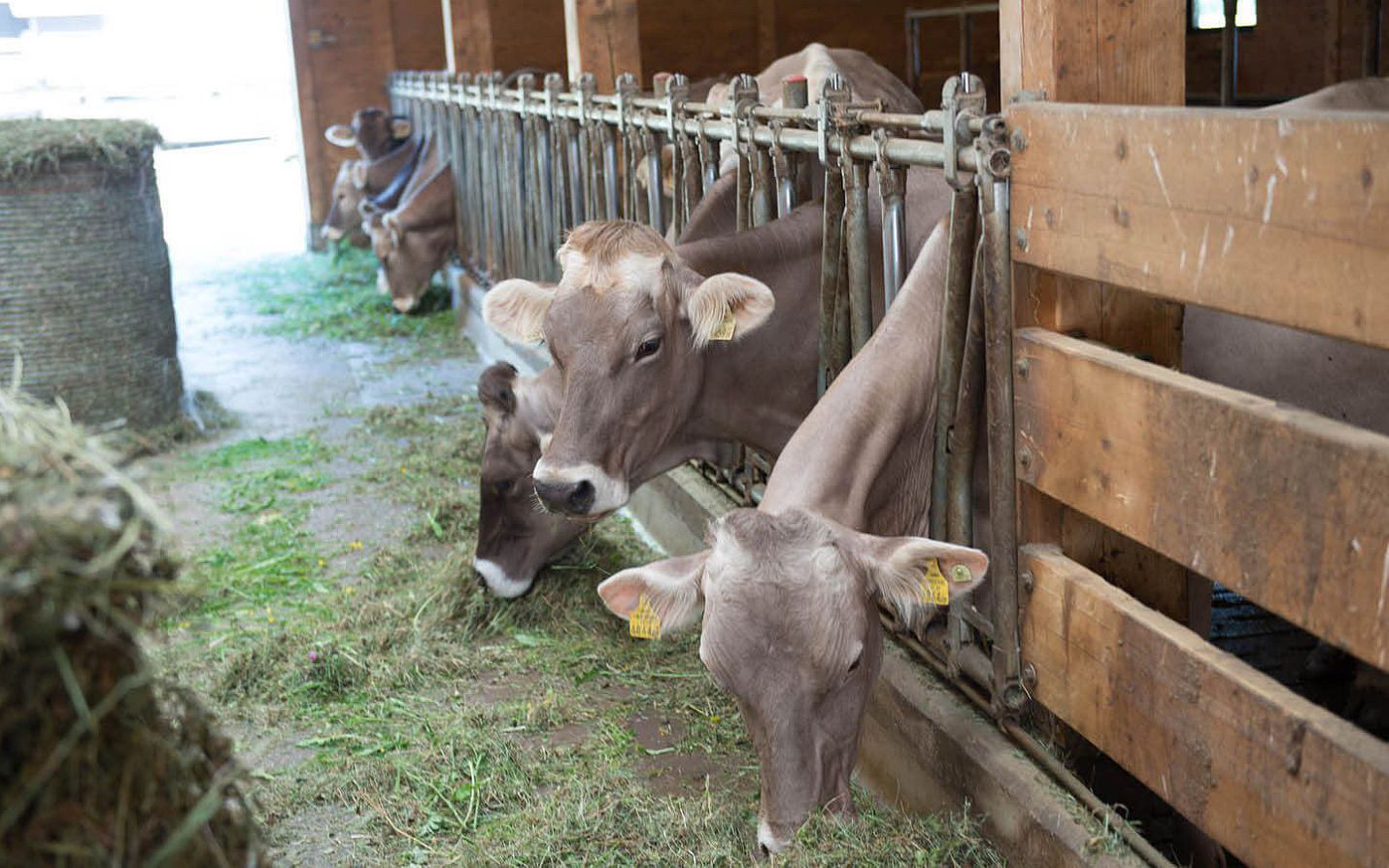
Cows in the barn
From their respective stables, the cows are brought to the mountain pastures by tractor trailer. In 2017, 240 cows were brought to Leutasch. But not all of them are allowed to go. Mother cows and female calves have a free ticket into the countryside. Young bulls from six months of age, however, have to be content with the pastures in the valley. "We can't send bulls to the pastures. From about six months, most of them are sexually mature and that would be too dangerous, because then we bring cows that shouldn't even be calving home from the alpine pasture in foal in the fall," Florian Mössmer, a young farmer from Leutasch, explains to us. He himself has 48 head of cattle in the summer in the area around the Rotmoosalm in the Gaistal.
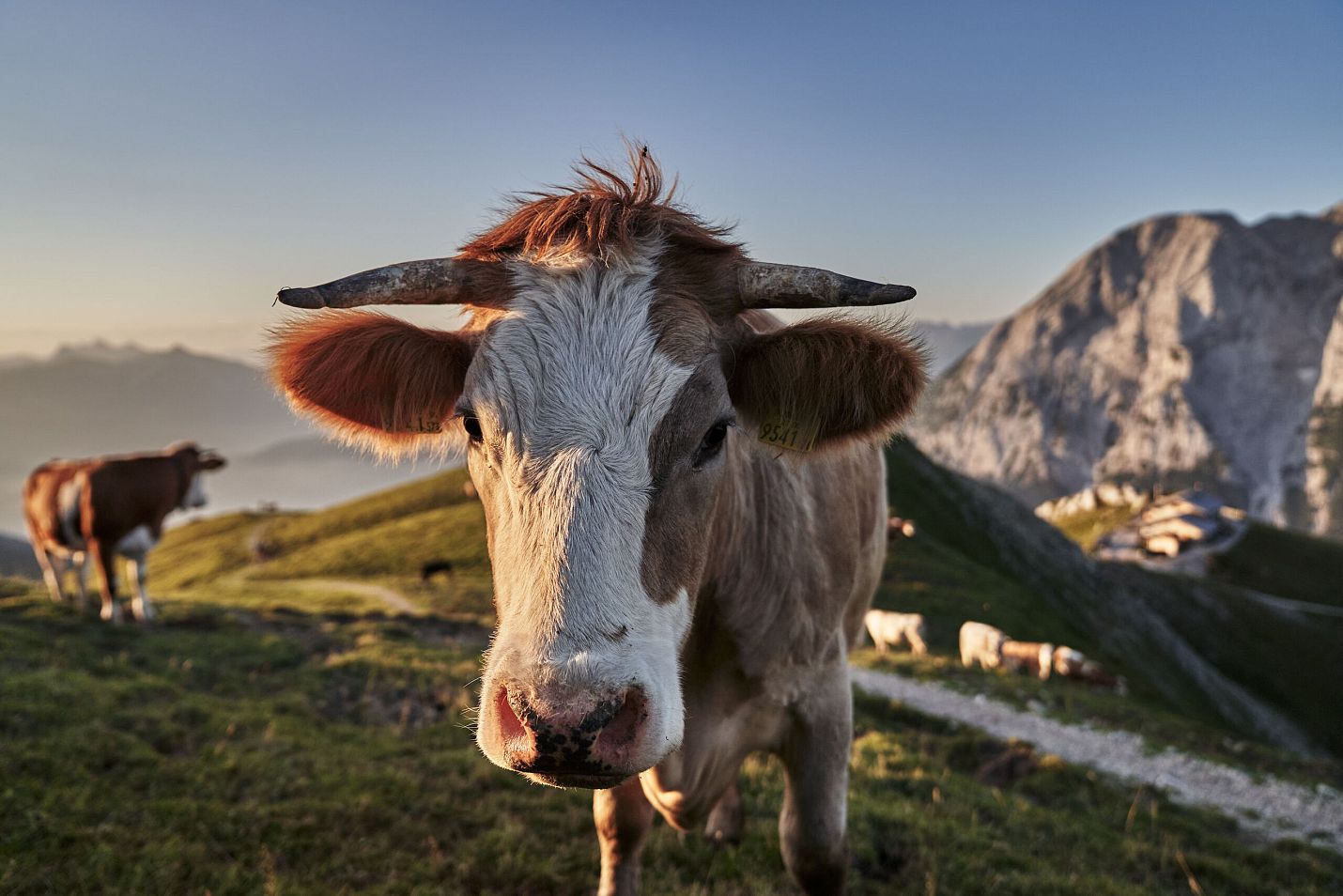
Cows on the pasture at dawn around the Rotmoosalm
Brown, spotted and gray cattle live peacefully together during the summer alongside Highland cattle, Galloway cattle, 20 horses and sheep. But of course the cows are not left to fend for themselves up there. Alpine dairymen are responsible for checking on the cattle and reporting if any of the cows may have hurt themselves or are even sick. Every day they must have seen all the animals once. There is no milking during the summer.
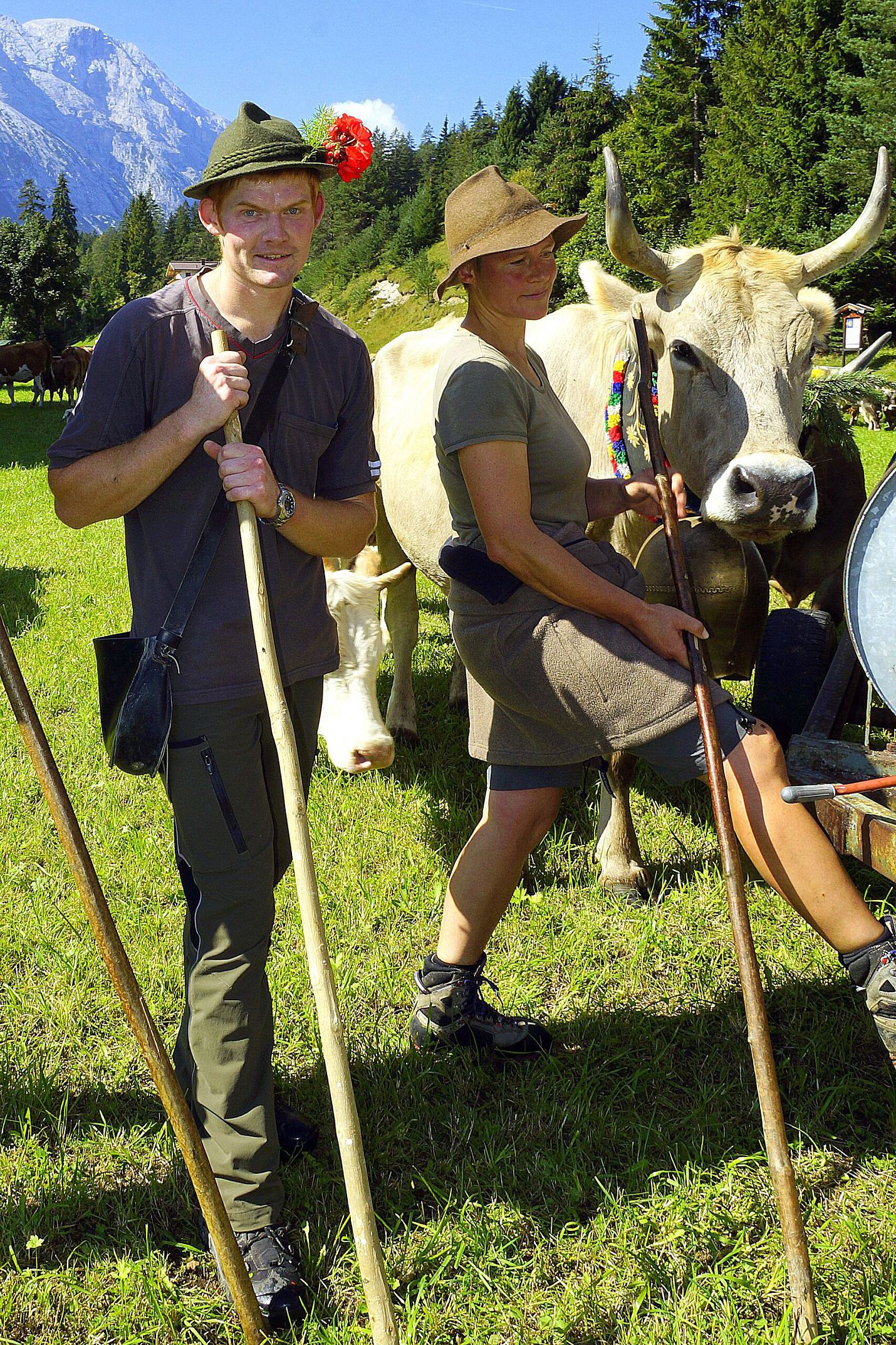
Herdsmen on the day of the Almabtrieb with decorated cow
The ceremonial tufting
Already on the eve of the Almabtrieb, the farmers gather in the Gaistal and prepare for the big day. The cattle are herded together from the individual pastures and kept at the height of the Gaistalalm in an Anger, a fenced-in area. In the evening, the shepherds, dairymen and farmers sit down together, because a mountain pasture drive must be well planned, after all, around 130 tons of "living mass" move out of the valley. A full-grown cow weighs around 650 kilograms, calves around 150. And if you've ever been chased by a cow at a run, then you know: they can get pretty fast.
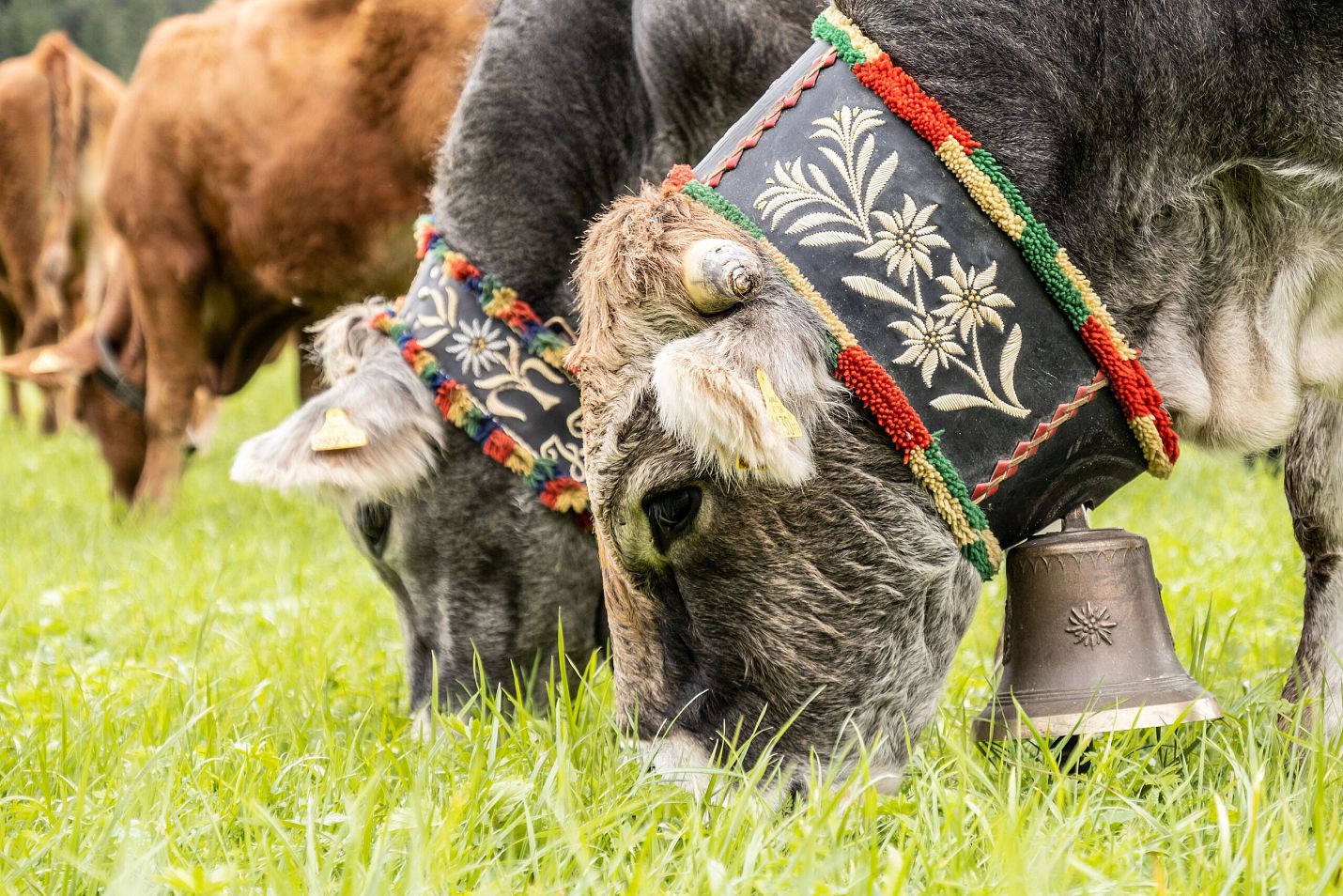
Mother cows with their traditional accessories
The large bells, which are hung around the mother cows, are polished until they sparkle, the wide leather straps are carefully cleaned. Mirrors, which the cows wear on their heads, are also an annual fixture at the Almabtrieb. But the most impressive accessory at the Almabtrieb is the headdress, the so-called "Aufbüscheln" of the cows. Wreaths of mountain pines, rowan branches and colorful ribbons are put on some cows. The sight is imposing and graceful when the heavy animal proudly and contentedly trots down into the valley. Translated with www.DeepL.com/Translator (free version)
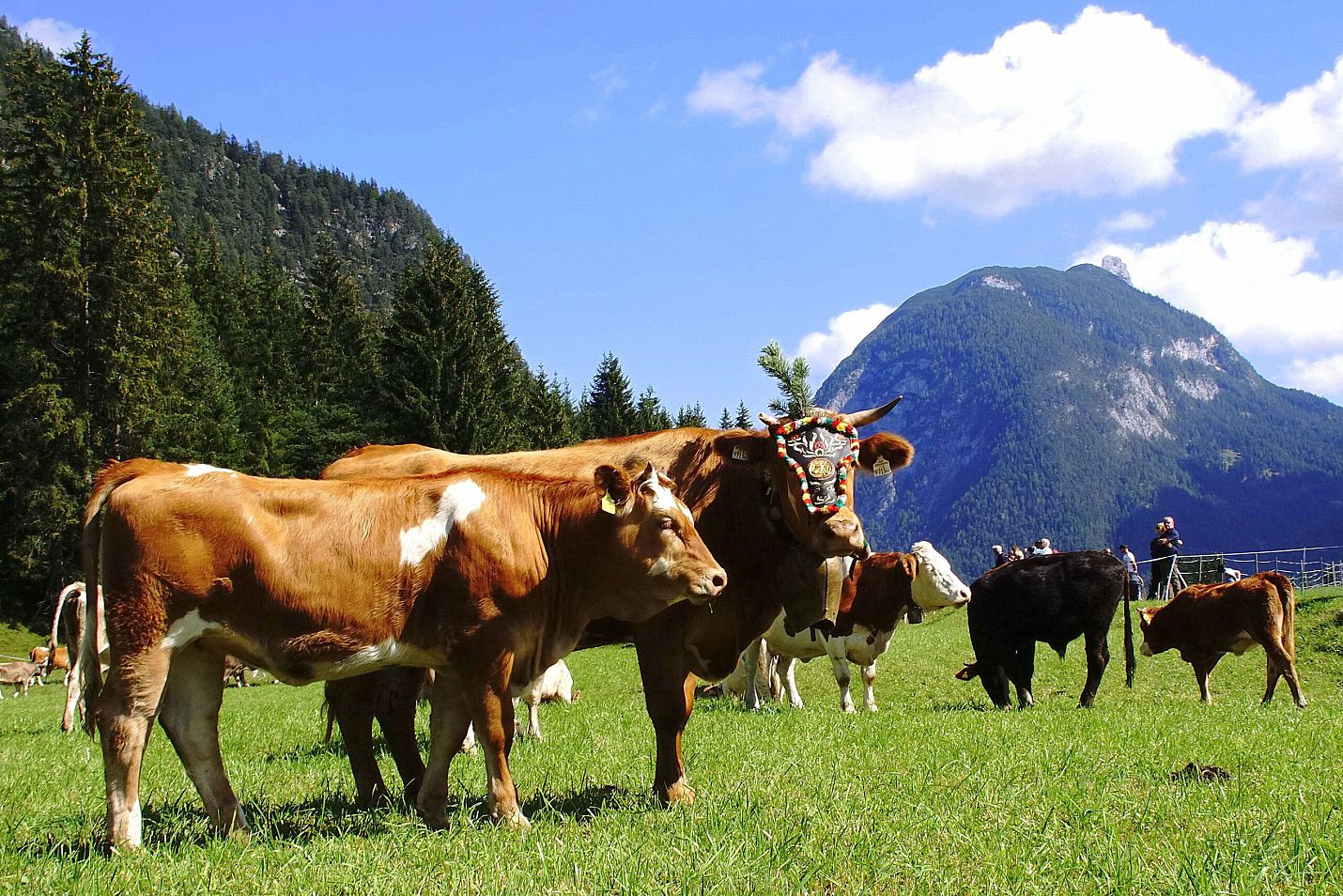
The year has gone well - the animals are "tufted up".
But not every year the spectators of the Almabtrieb come to see tufted cows. "Cows are only tufted if the summer has gone well and we do not have to lament the loss of a single animal," Florian Mössmer explains to us. Unfortunately, this was not the case in 2017. Two cows crashed in the mountains of the Gaistal during the summer. Thus, this year the cows were accompanied to the valley without main crowns, but with bells and mirrors. Translated with www.DeepL.com/Translator (free version)
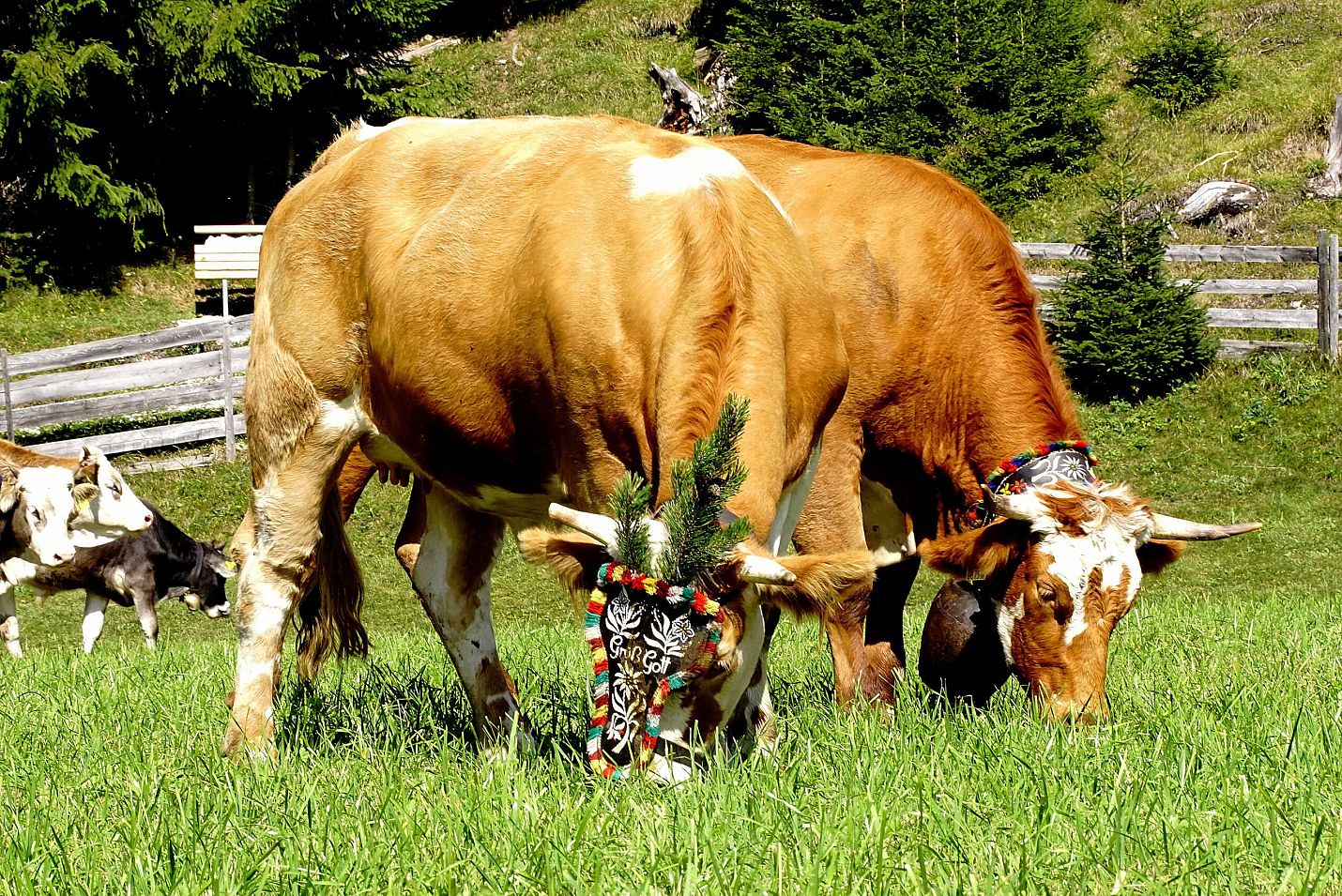
Cows pasturing, decorated with traditional accessories
The long way into the valley
After about four months on the mountain pasture, the big day has finally arrived. "The cattle know that they are going home again," the dairymen and farmers are sure. They are a little nervous. Especially the young animals, who have never witnessed this spectacle before. From Gaistal, it takes about six kilometers to Leutasch Weidach in one and a half hours. The shepherds and alpine dairymen go ahead, trying to keep the first cows in check with long sticks and salt in their pockets. If the first ones start to run, the following masses follow. One and a half hours of maximum concentration and hard work for the farmers.
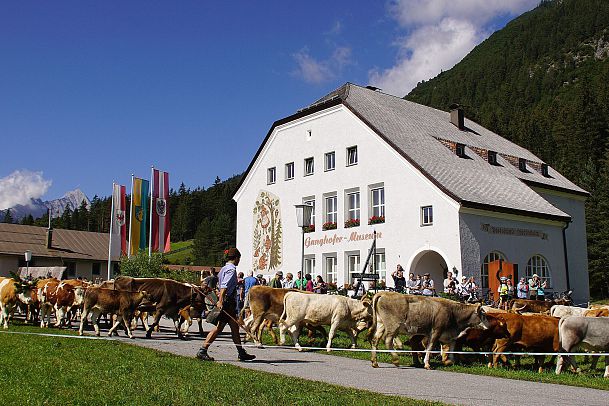
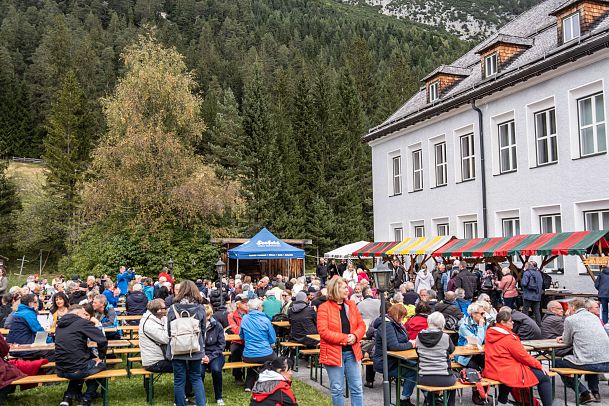
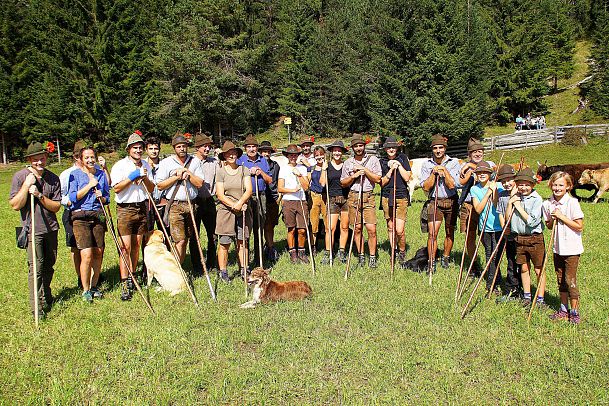
On the large meadow in front of the church is the destination for now, because there is held a small church day to celebrate the Almabtrieb. The cows graze here for the first time back in the valley and the farmers have earned a cool beer. From there it finally goes on to the respective meadows and fields of the farmers.And if you listen very carefully, you can hear it: the cows are already counting down again until winter is over and May has come and the next adventure on the alp can begin.
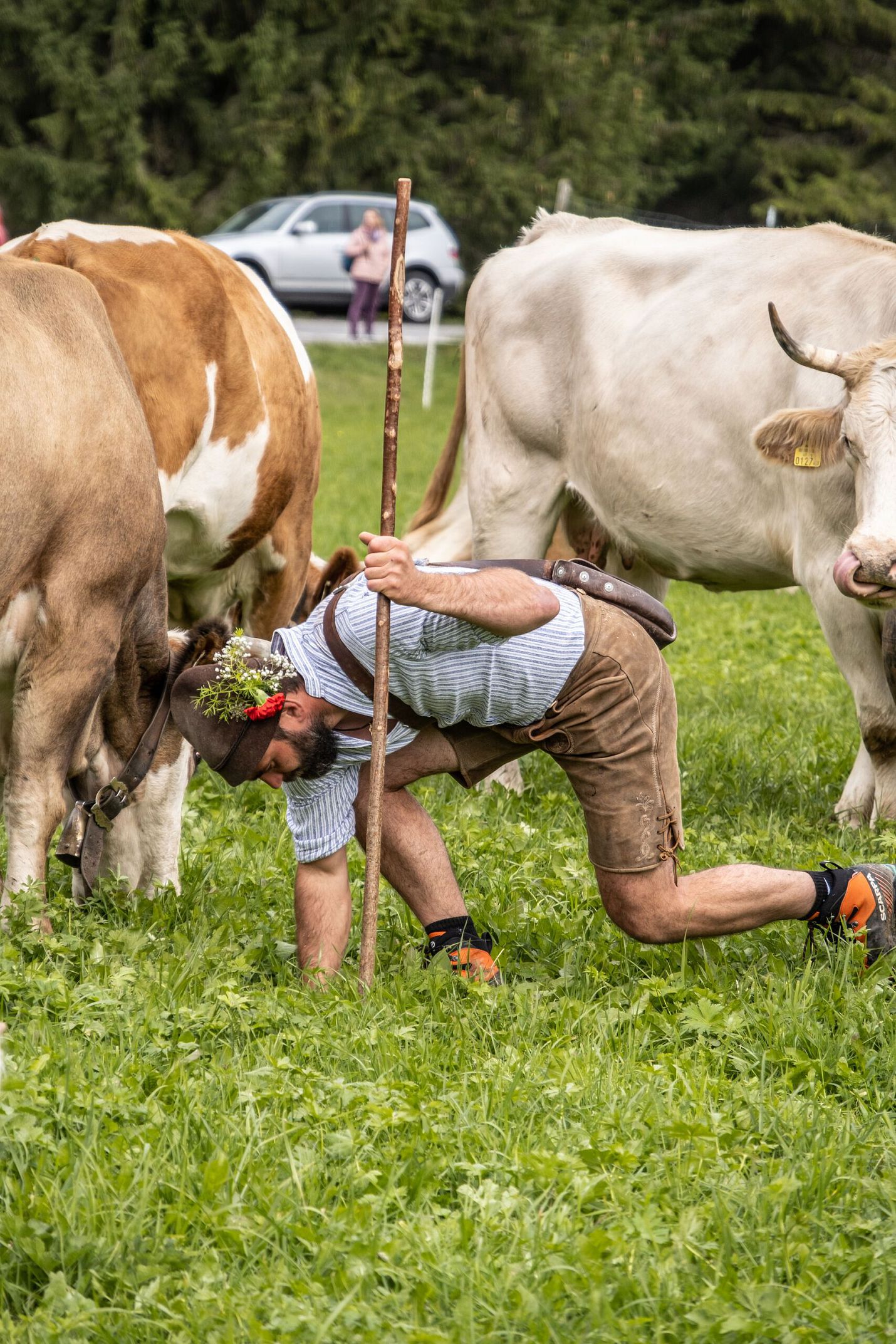
Herdsman on the day of the Almabtrieb
This year's Almabtrieb will probably take place at the beginning of September, depending on the weather, and will be announced on our homepage in the calendar of events.
Blog Tags
Share
